Killing of top general is a message from Ukraine: You aren’t safe, even at home
The shift from Ukraine to target high-profile Russian targets within its borders shows an escalation to disrupt and demoralise the country’s war machine.
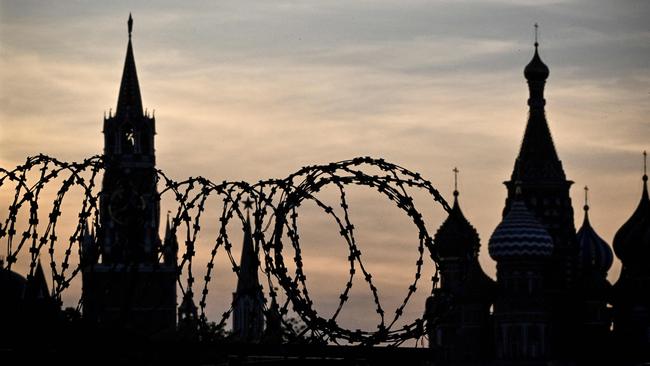
Just after 6 a.m. Tuesday, an explosion shattered the morning quiet on a residential street in Russia’s capital. A bomb hidden in a scooter detonated, killing a senior military officer. Photos of the aftermath showed him face down in bloodstained snow.
It was a message from Ukraine: You aren’t safe -- even at home. The attack on Lt. Gen. Igor Kirillov was part of an escalating campaign by Ukraine’s security and intelligence services to kill high-profile figures in Russia’s war effort. Its aim is to bring the fight to Russia, raising the immediate costs of the war for Moscow’s leaders.
Increasingly, the focus has been on important military targets including a senior naval officer and a missile scientist. Coupled with long-range strikes on installations such as strategic bomber bases, it is part of a drive to use asymmetric measures to disrupt and demoralize the Russian war machine.
Ukrainian security officials say the Security Service of Ukraine, or SBU, is modeling itself on Israel’s Mossad, renowned for its relentless pursuit of enemies abroad.
“Such an inglorious end awaits all those who kill Ukrainians,” said an SBU official. “Retribution for war crimes is inevitable.” On Wednesday, Russia’s Federal Security Service, or FSB, said it had detained a 29-year-old citizen of Uzbekistan who was allegedly recruited by Ukraine to plant the bomb. He was allegedly promised $100,000 and a new life in a European Union country, the agency said.
The execution of Kirillov was the most brazen yet in the Ukrainian killing campaign, part of an effort to bring the war to Russia and raise the cost of a conflict that the Kremlin had initially believed it could wrap up in days. Outmatched in manpower and equipment by its giant invader, Ukraine has sought to strike deep inside Russia using long-range drones, U.S.-provided missiles and covert operations.
“Kyiv sent a message that even the highest-level officials responsible for Russia’s war effort and crimes cannot feel safe, even in Moscow,” said Andrius Tursa, Central and Eastern Europe adviser at consulting firm Teneo.
Still, observers said Kyiv’s campaign is unlikely to fundamentally change the military and political calculus for Russian President Vladimir Putin, who sees the war as a matter of personal legacy and an existential struggle against the West.
“Such actions can only enrage the regime and give additional incentives to continue fighting,” said Andrei Kolesnikov, a Moscow-based columnist for Russian newspaper Novaya Gazeta. “In addition, it is a gift for propaganda -- look at the dirty methods of the enemy.” Putin’s spokesman Dmitry Peskov said Wednesday that Kirillov’s assassination by Ukraine “proves the correctness of our actions” during the war.
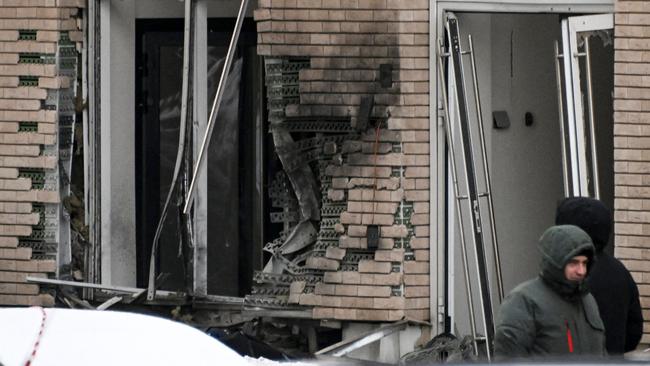
One of the earliest and highest-profile operations targeted Russian war blogger Vladlen Tatarsky last spring. At an event he was hosting at a St. Petersburg cafe one evening, a young blonde woman handed a small but weighty box to Tatarsky, whose real name was Maksim Fomin.
“Nastya, Nastya, come sit here,” Tatarsky urged her, gesturing to a front-row seat in the cafe before pulling a bronze-colored bust of himself from the box. “Wow!” he exclaimed. “What a handsome guy!” Seconds later, as Tatarsky packed the bust back into the box, it exploded, killing him and leaving the cafe a mangled wreck.
Russian security services quickly identified the blonde woman as Darya Trepova, a Russian opposition activist and pacifist. She had inveigled herself into Russian pro-war circles as an activist known as Nastya and said later in court that she had been tasked by a contact in Kyiv with delivering a bust that she believed contained a listening device to Tatarsky.
“It did have a microphone inside,” insisted a person familiar with the operation. “That’s how the operative knew when to blow it up.” With the killing of Tatarsky on April 2, 2023 -- and apparent disregard for the Russian who delivered the bomb -- the SBU demonstrated a ruthlessness and skill in the dark arts of killing on enemy territory that stunned Russia and Ukraine’s own Western backers.
Since then, the SBU and Ukraine’s military-intelligence agency, known as HUR, have carried out a series of killings in Russia that have increasingly focused on high-profile military targets.
The SBU emerged from its Soviet predecessor, the KGB, after Ukraine declared independence from the Soviet Union in 1991. In Soviet Ukraine, the KGB and its forerunners had targeted anyone who promoted the idea of an independent nation, including assassinations in Western Europe that employed innovative weapons such as a poison gun and an exploding box of chocolates.
As independent Ukraine took an increasingly authoritarian turn from the late 1990s, the SBU’s efforts were often directed against pro-democracy activists, political opponents or businessmen ripe for a shakedown.
Then, after a revolution installed a pro-Western government in Kyiv, Russia invaded and seized Crimea and covertly sent paramilitaries into eastern Ukraine in 2014.
Ukrainian operatives had an urgent new target and soon set to work. They carried out several brazen attacks in occupied eastern Ukraine, blowing up local commanders installed by Moscow. One was killed in a cafe, another in the elevator of his apartment block.
Russia struck back. Ukrainian Col. Maksym Shapoval, head of HUR’s special forces, was blown up in his car. A former Russian prosecutor and parliament member who had fled to Ukraine for protection was shot dead in central Kyiv.
Russia’s full-scale invasion in February 2022 increased the stakes -- and Kyiv’s willingness to strike.
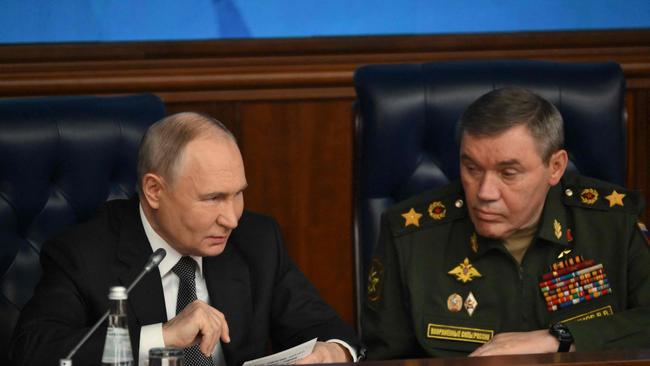
In occupied areas of the east and south, Ukraine can count on large and willing partisan networks that regularly target local collaborators and military officers in car bombings.
In November, the SBU killed Russian Capt. Valery Trankovsky, a naval commander, in a car bombing in Sevastopol in Crimea, according to officials in the agency. The SBU said he was responsible for giving orders to launch cruise missiles that struck and killed civilians. The former head of a Russian prison camp in occupied Ukraine where Kyiv says dozens of prisoners of war have been killed and tortured was killed in a car bombing earlier this month.
Operations in Russia largely rely on guns for hire, according to Ukrainian security officials. Ukrainian handlers use Telegram or the dark net to find a hit man, usually from the criminal underworld, often for money or using threats, said a person involved in such operations.
“Often the executors don’t know exactly what it is they are doing,” the person said, as several may be involved in one hit with different tasks.
Targets have included war propagandists, former Ukrainian officials who switched sides and military officers.
In one recent operation on Dec. 12, a top Russian missile scientist, Mikhail Shatsky, was shot dead in a forest near Moscow, according to Ukrainian security sources.
Sometimes, the SBU and HUR end up tracking the same target, according to the person involved in the operations. Late last year, teams from each were after Ilya Kyva, a former Ukrainian lawmaker who had fled to Russia and been convicted of treason. After Kyva was shot dead outside Moscow in December, the agencies weren’t immediately clear whose team had carried out the hit, the person said. But then the killer sent proof of the execution, including a photo of Kyva lying motionless in the snow.
“There’s healthy competition over who can complete the mission first,” the person said.
Unlike Kyiv, Russia hasn’t been able to mount a similar campaign of targeted assassinations inside Ukraine since the invasion. That suggests that, in contrast to the preinvasion period when its security services were shot through with Russian spies, Ukraine now possesses superior intelligence and operational capabilities within Russia.
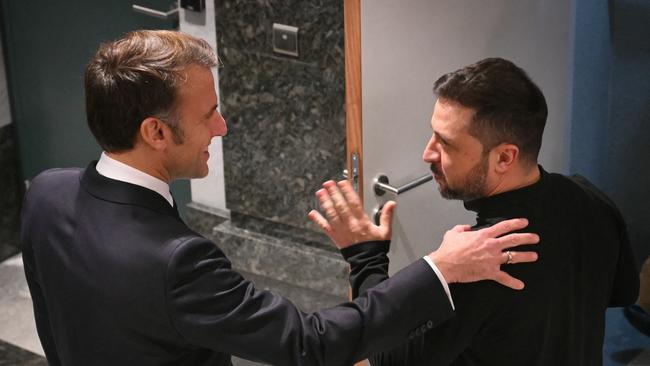
Still, the SBU said in May that it had foiled a Russian plot to assassinate Ukrainian President Volodymyr Zelensky, as well as the heads of the SBU and HUR.
Moscow has resorted to targeting its opponents abroad.
Earlier this year, Russian helicopter pilot Maksim Kuzminov, who had defected to Ukraine for a $500,000 reward and publicly encouraged others to do the same, was assassinated in Spain. Spain hasn’t identified a suspect, although investigators believe the murder was ordered by the Kremlin, The Wall Street Journal has reported.
His killing followed a string of other mysterious deaths of prominent Russians, as Russia’s intelligence apparatus has become more aggressive in silencing opponents abroad, increasingly blurring lines between different spy agencies and using foreign nationals to carry out operations.
Moscow has also escalated an often violent campaign of sabotage and subterfuge in Europe, including an arson attack on a Ukrainian-owned property in London and disruption of critical infrastructure such as data cables and pipelines.
WSJ

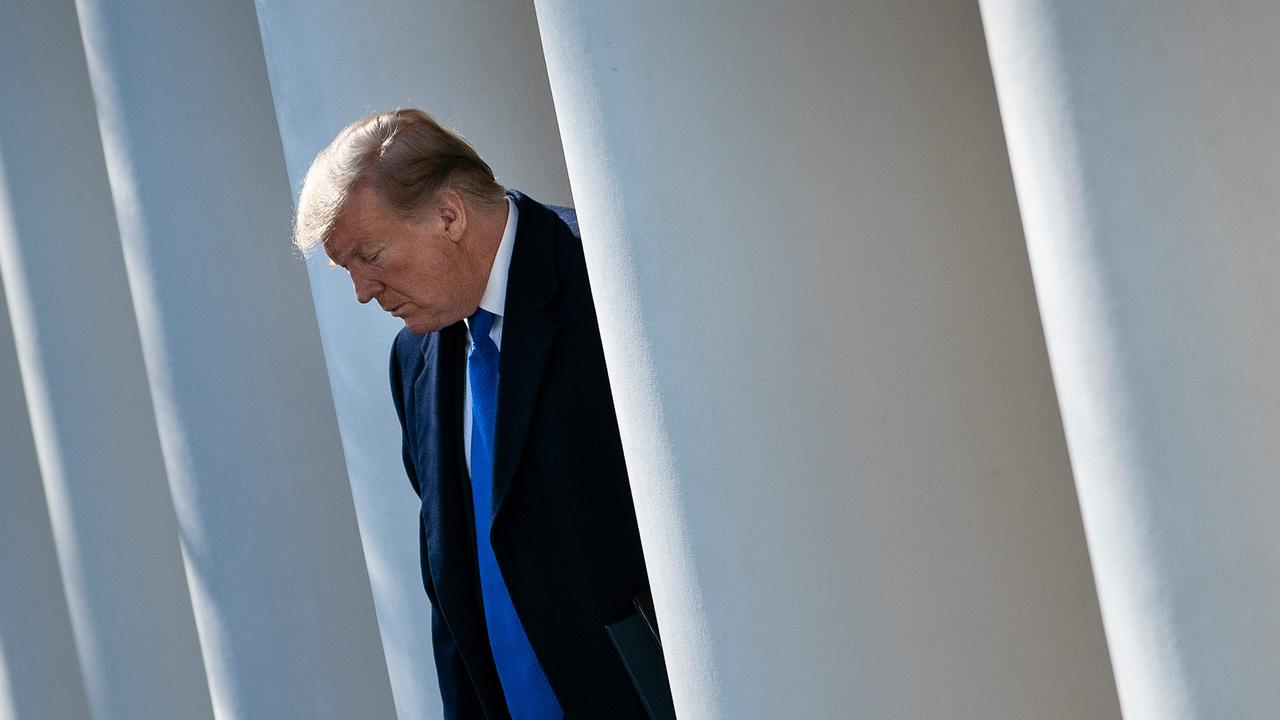
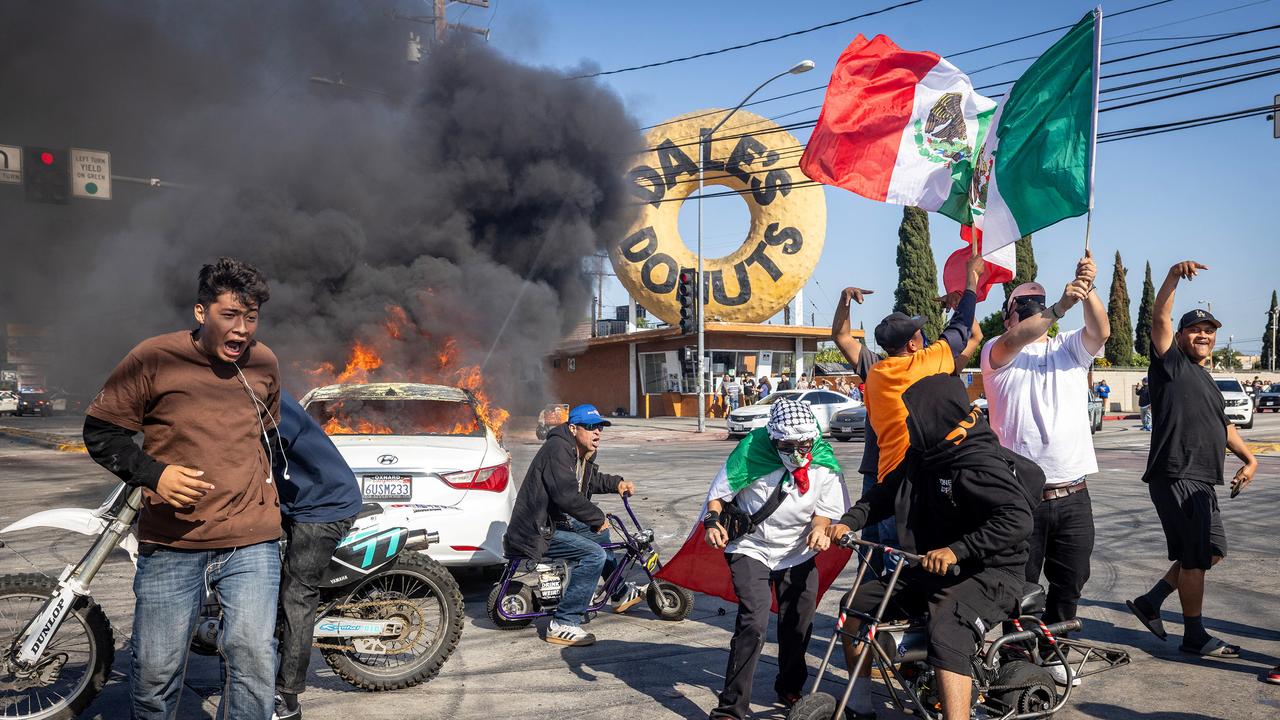
To join the conversation, please log in. Don't have an account? Register
Join the conversation, you are commenting as Logout